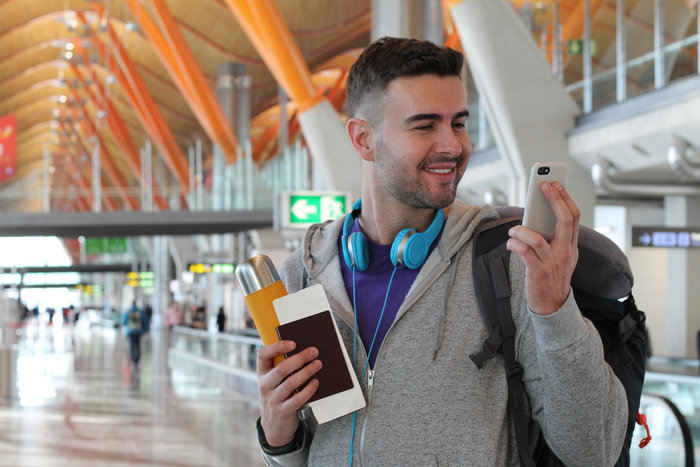Aviation security industry veteran and Analogic vice president, Mark Laustra, talks about the role computed tomography technology can play in easing pressure on airports dealing with increased passenger traffic and limited expansion options.
Earlier this year, IATA announced a rise in international airport traffic of 7.9%, with capacity rising 6.3%, and last week the TSA announced it is on target for the highest-volume year on record in 2018. Simultaneously, some sources note that non-aeronautical revenues at airports in the USA and European markets are falling, with spending-per-passenger suffering.
Airports, once the gateway to adventure, and a destination in their own right, have lost their appeal in recent years. They are now typically viewed as a necessary hassle for travelers, or worse, a source of anxiety due to ever changing security protocols and unpredictably long lines.
Travel tales about experiences at the airport are very likely to be focused on long, stagnant security lines rather than the shopping, dining venues and duty-free options. And with rising passenger numbers and falling airport revenues, the problem could get worse before it gets better.
At Passenger Terminal Expo in Stockholm in March, airports around the world told Analogic that they are looking for technology that can help manage increasing passenger numbers, and that options for expansion are limited. Many airports operating at capacity are already maxed out in terms of available space and are unable to divert resources to expand the number of security lanes.
Even if airports have the resources and space to expand, they would want to devote that real estate and those resources to retail, rather than security.
Technology and the airport experience
The airport experience has undergone a transformation in just the past few years, with technology assisting in every aspect of the passenger experience starting with booking a flight, to retrieving itineraries, uploading boarding passes, and even arranging for transportation to and from the airport through a rideshare service from a passenger’s phone.
Everything is done through apps and is accessible on mobile devices; indeed Global Entry has simplified the process of international travel.
However, the passenger then arrives at the airport terminal to check in and everything stops. Legacy security technology incapable of evaluating today’s cluttered cabin baggage for security risks slows passenger throughput to a grinding halt.
Confused passengers must determine what level of divestiture is required, and then unpack their overcrowded bags to put things into bins, locate electronics, etc, slowing throughput and leaving everyone frustrated – from the seasoned business traveler who is stuck behind a family of four, to the family traveling with multiple bags and multiple personal electronic devices.
Nothing feels sleek or cutting edge about this experience because, quite simply, it isn’t.
Free-up space for retail
There has been a lot of discussion about computed tomography (CT) technology for airport checkpoints from a security standpoint, but this technology also offers airports an innovative way to address growing passenger traffic without having to devote valuable airport real estate to more security lanes.
In the development process for CT technology, a demonstration with Luton Airport in the UK was conducted that found that throughput could increase by as much as 50% when maximized with automated screening lanes (ASL).
Technological advancements such as CT and innovations like ASLs will prove valuable to airports that need to increase capacity without expensive renovations or expansions, and allow them to devote their resources and real estate to retail options that both boost airport revenues and improve the passenger experience.
Technologies will transform the travel industry and help airports become a destination unto themselves. In short, they will make airports fun again.

